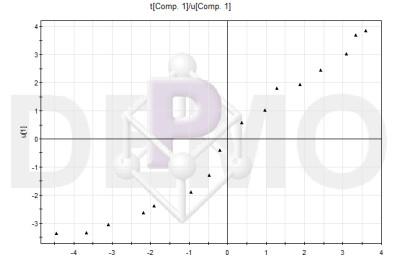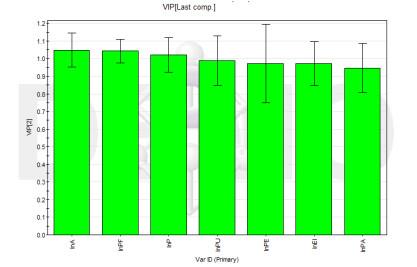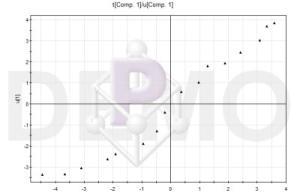| 我国人口态势与消费模式对碳排放的影响分析 |
| |
| 引用本文: | 赵涛, 林朋, 王雅楠. 基于STIRPAT模型的京津冀经济圈人口因素对碳排放的影响研究[J]. 电子科技大学学报社科版, 2016, 18(6): 45-50. DOI: 10.14071/j.1008-8105(2016)06-0045-06 |
| |
| 作者姓名: | 赵涛 林朋 王雅楠 |
| |
| 作者单位: | 1.天津大学 天津 300074 |
| |
| 摘 要: | 
应用STIRPAT模型研究1997~2012年京津冀经济圈人口规模、人口结构、经济水平及技术水平对碳排放的影响。结果表明,经济水平、人口规模、城镇化水平、人口年龄结构和人口就业结构促进碳排放增加,而平均家庭规模和能源强度对碳排放有抑制作用。此外,经济水平是碳排放的主要驱动因素,平均家庭规模是主要抑制因素。
人口结构因素方面,城镇化进程的加速有利于能源消耗;人口年龄结构以增加劳动力供应及促进消费需求的方式促进碳排放增长;逐渐缩小的平均家庭规模导致人均能耗及家庭数量的增长,进而推动能源消耗增长;人口就业结构中工业部门就业率的增长导致碳排放的增加。结合研究结果和京津冀经济圈的发展现状,提出政策建议。

|
| 关 键 词: | 京津冀经济圈 碳排放 人口 STIRPAT模型 |
| 收稿时间: | 2015-07-29 |
|
| 点击此处可从《电子科技大学学报(社会科学版)》浏览原始摘要信息 |
|
点击此处可从《电子科技大学学报(社会科学版)》下载全文 |
|



